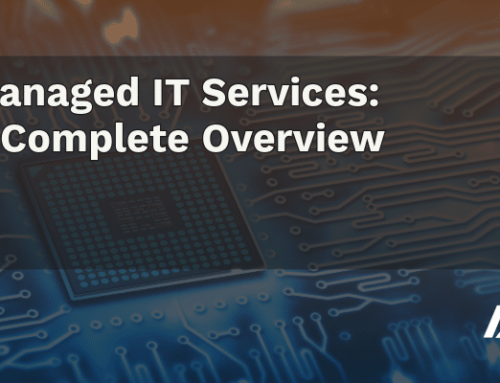Does fighting for IT budget sometimes seem like an uphill battle? Some in your organization may see IT requirements as conflicting with the broader needs of the business, or they might not want to prioritize IT spend.
But prioritizing IT risk management within the overall business objectives — and budgeting for that risk management — isn’t a nice-to-have; it’s a must-have.
That’s because doing business in today’s environment — when so much data is online and in the cloud — brings massive threats and vulnerabilities. An IT risk management strategy comprises the policies, procedures, and technology organizations must adopt to reduce these vulnerabilities and threats.
But risk management programs can be costly, particularly as threats constantly evolve. And even though the consequences can be even more expensive, it can be challenging for some organizations to justify spending so much to prevent something that only might happen.
When defining a budget for IT risk management, here are three truths to consider and share.
#1 The cost of a data breach will cost your organization much more than investing to mitigate the impact of a breach
A risk management approach to cybersecurity means that you’re investing in teams, tools, and so on that will help your organization prevent an issue. This is different from what it would take to recover from a cybersecurity crisis, such as a breach.
The negative impact of a data breach is far-reaching, and the repercussions can go beyond financial harm (which can be extensive). A data breach can cause legal and reputational damage, and the outcome of those can dig an organization deeper into a financial hole.
#2 Support from senior leadership can set your organization up for IT risk management success
More and more of the C-suite are becoming proactive about and supportive of IT initiatives as a whole, particularly when it comes to protecting their organization’s risk profile.
When there’s risk acceptance on the part of senior leaders and stakeholders, there’s a cascading effect that positively impacts information security and the risk management process — along with the budget necessary to provide for those things, since they’re often the ones signing off on spend.
Start with a risk assessment if you’re having trouble getting your company leaders on board. Identifying risk can expose the vulnerabilities they couldn’t see before, which can go a long way toward level-setting around your budget requirements.
#3 Budget spend must be industry-specific
It’s impossible to assign a concrete dollar amount to what any company should spend on IT risk management. Many businesses determine how much to invest based on a percentage of the overall IT budget.
As well, consider the compliance regulations and other requirements of your particular industry. Those in financial services allocate much more of a percentage than other businesses, for example. When you look at and address risks within the context of your industry, it can give your business a competitive advantage.
Improve your risk profile and stay ahead of evolving threats with AccountabilIT. Contact us to learn how our advanced cybersecurity expertise can protect your business and your data.




